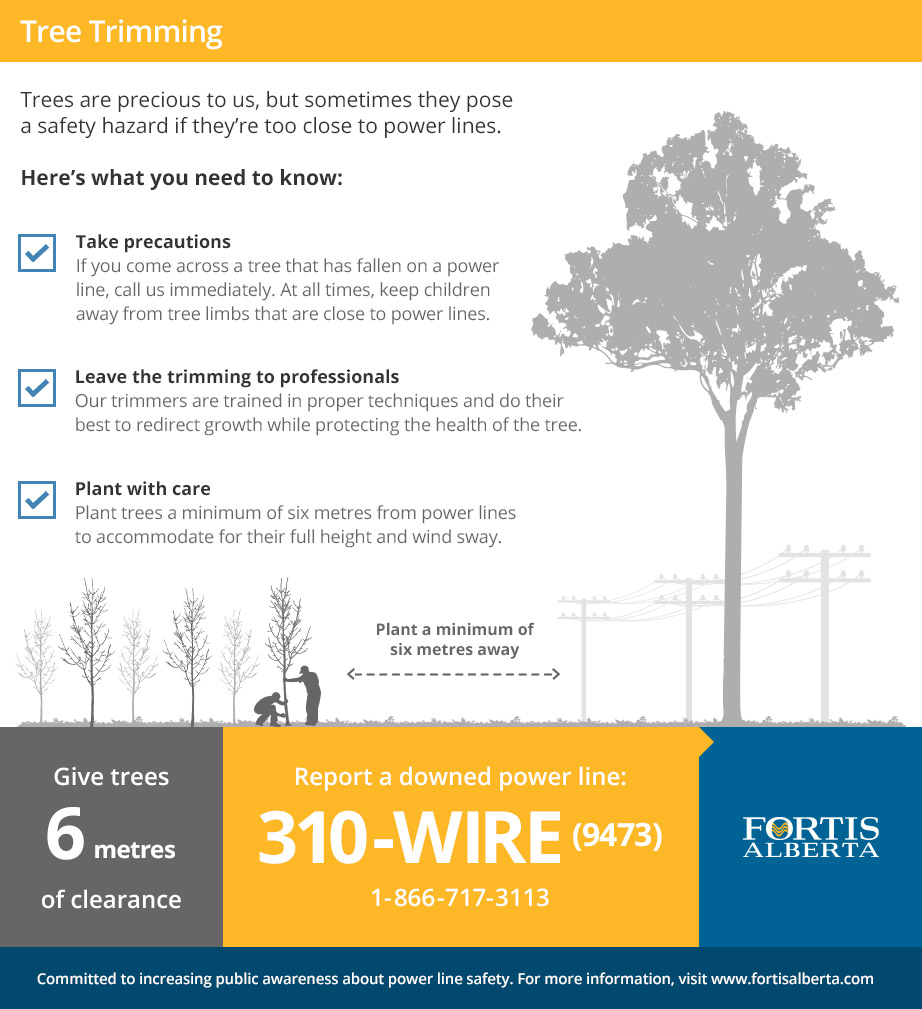The Ecological Benefits Of Stump Grinding: A Sustainable Approach To Land Management
The Ecological Benefits Of Stump Grinding: A Sustainable Approach To Land Management
Blog Article
Material Author-
When it pertains to land management, have you thought about the lasting advantages of stump grinding? By attending to the residues left behind after tree elimination, this method not just aids in dirt health and wellness renovation but also plays a vital duty in protecting against erosion and supporting biodiversity. The environmental benefits of stump grinding prolong far beyond mere visual appeals, providing a lasting option that integrates with nature's elaborate systems.
Soil Wellness Improvement
Wanting to boost the quality of your soil? Stump grinding can be a game-changer for improving dirt health and wellness on your home. By eliminating old tree stumps, you're developing area for brand-new growth and allowing necessary nutrients to return to the dirt.
As the stumps break down in time, they launch organic matter, enriching the soil and promoting much better plant development.
On top of that, stump grinding assists to aerate the dirt, enabling far better water seepage and origin development. Compacted dirt can impede plant growth and water absorption, yet by grinding stumps, you're loosening up the dirt and producing a healthier setting for your plants.
Moreover, stump grinding can additionally aid to stop parasite problems and illness that old stumps might attract. By getting rid of these prospective threats, you're developing a much safer and more effective landscape.
Erosion Prevention
To stop dirt disintegration effectively, stump grinding plays an essential role in maintaining the security and honesty of your land. By eliminating undesirable stumps from your building, you're likewise lowering the threat of disintegration triggered by water runoff. Stump grinding removes barriers that can disrupt the all-natural flow of water across your land, preventing dirt disintegration in the process.
When stumps are left unblemished, they can act as barriers to water circulation, causing soil to remove throughout heavy rainfalls. programmed maintenance damages your land but additionally adds to sedimentation in neighboring water bodies, damaging marine communities.
Stump grinding assists to prevent these problems by leveling the ground and promoting correct water drainage, decreasing the possibility of disintegration.
Biodiversity Support
Maintaining healthy biodiversity on your land is vital for creating a thriving environment. By utilizing stump grinding as a lasting land management method, you can dramatically sustain biodiversity.
straight from the source grinding helps advertise biodiversity by producing new environments for different plant and animal varieties. The elimination of stumps allows for the regrowth of indigenous plants, which subsequently draws in a diverse variety of wild animals. Pests, birds, and tiny mammals grow in these newly available areas, contributing to the overall biodiversity of your land.
Furthermore, stump grinding assists avoid the spread of conditions and parasites that can hurt plant species, thus safeguarding the eco-friendly equilibrium on your residential property. By eliminating old stumps, you produce room for new plant development, which improves the total wellness of the ecological community.
This much healthier atmosphere supports a wider selection of species, promoting biodiversity and producing an extra resilient environment in the long-term. Accepting stump grinding as part of your land management strategy can have enduring positive results on the biodiversity of your land.
Conclusion
By using stump grinding as a lasting method to land management, you can improve soil health, protect against disintegration, and support biodiversity. This eco-friendly approach not just profits the community yet likewise promotes the growth of vegetation and develops environments for different plant and animal types. Make a favorable impact on the atmosphere by including stump grinding right into your land management practices.
